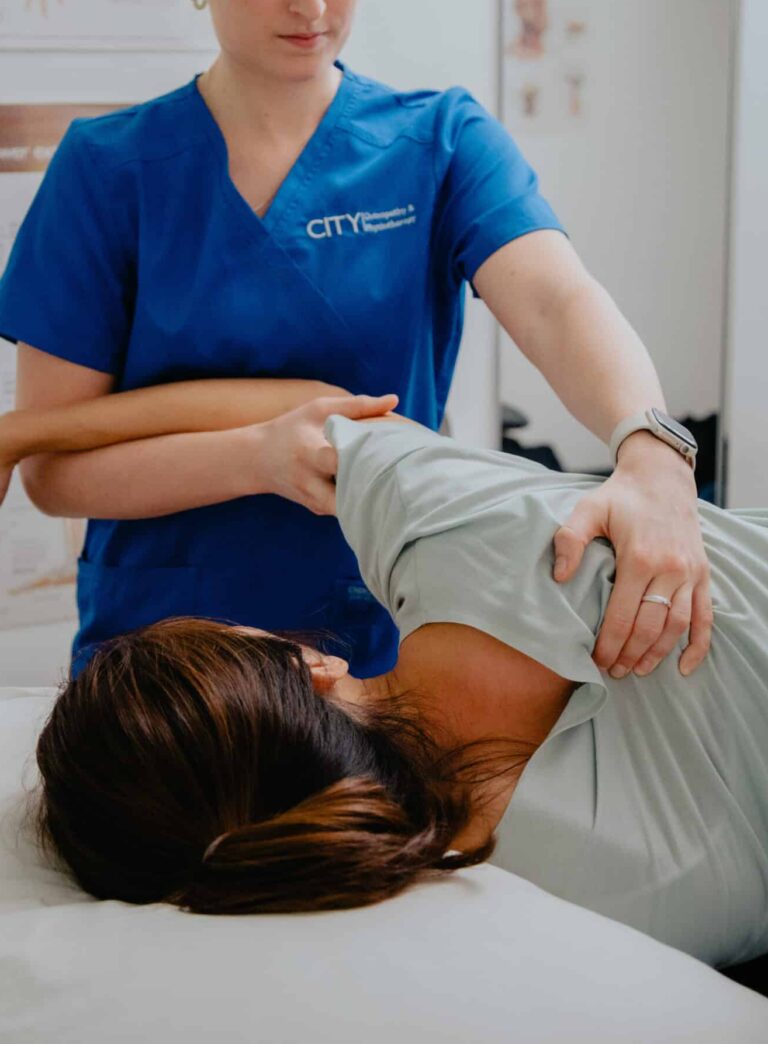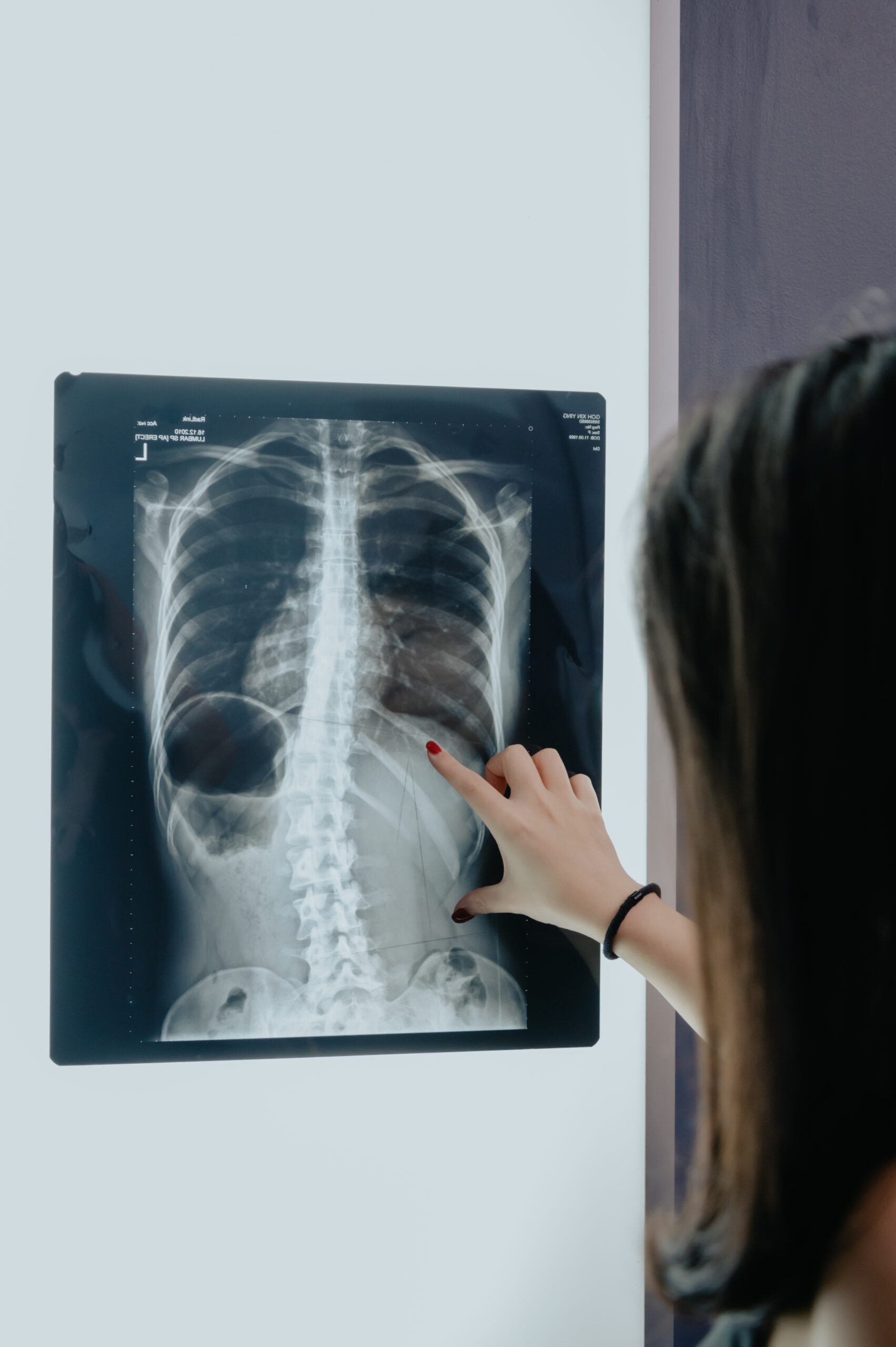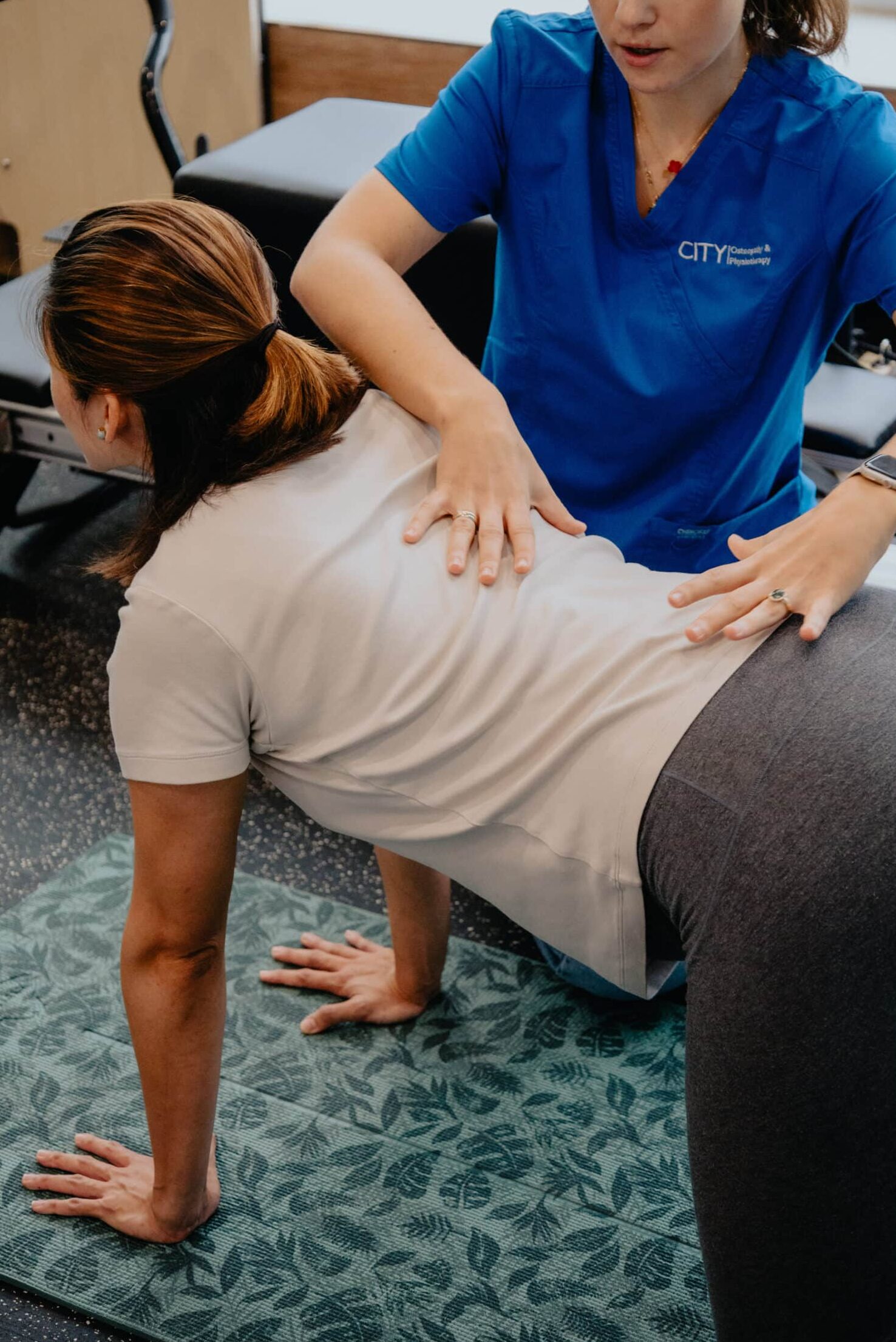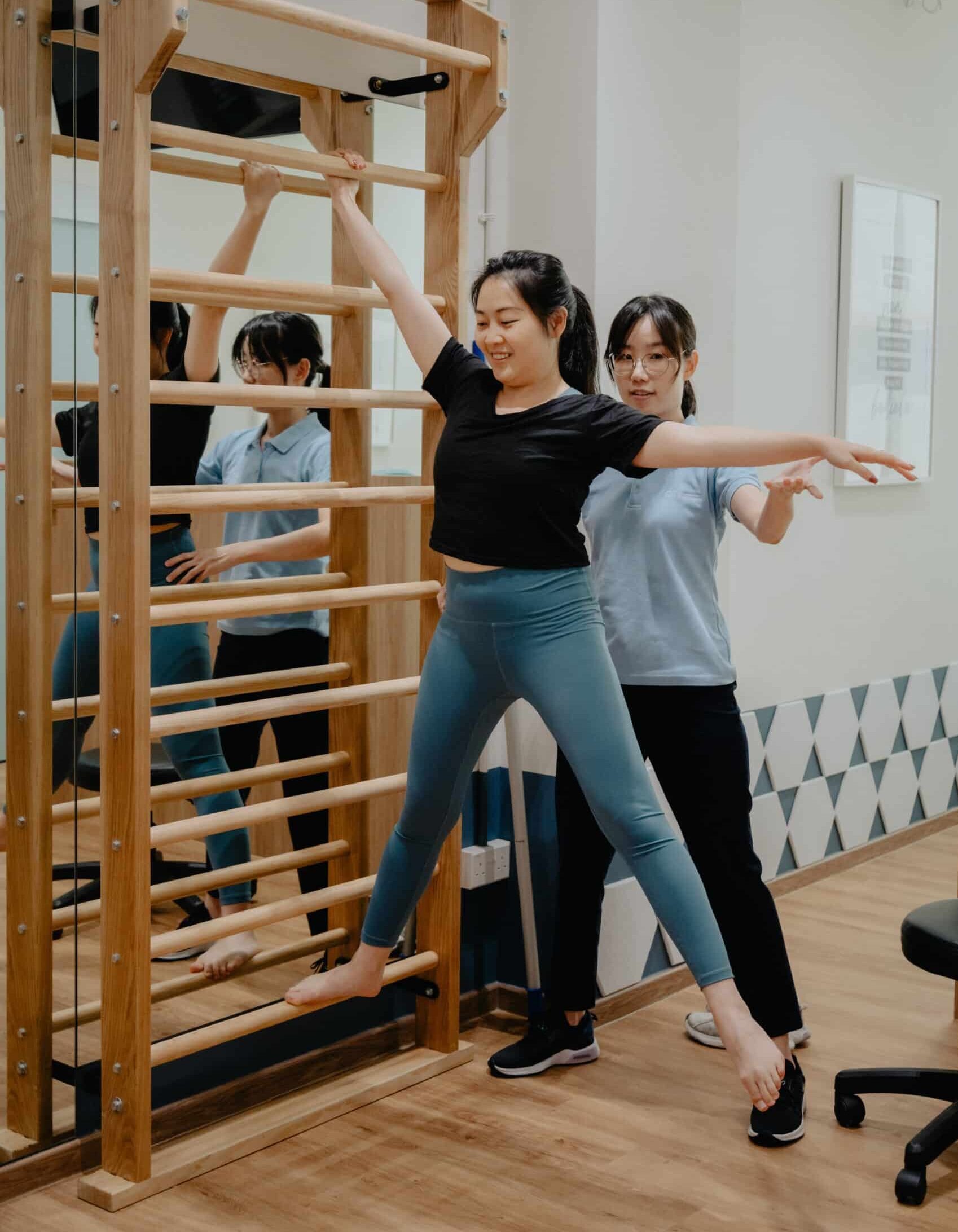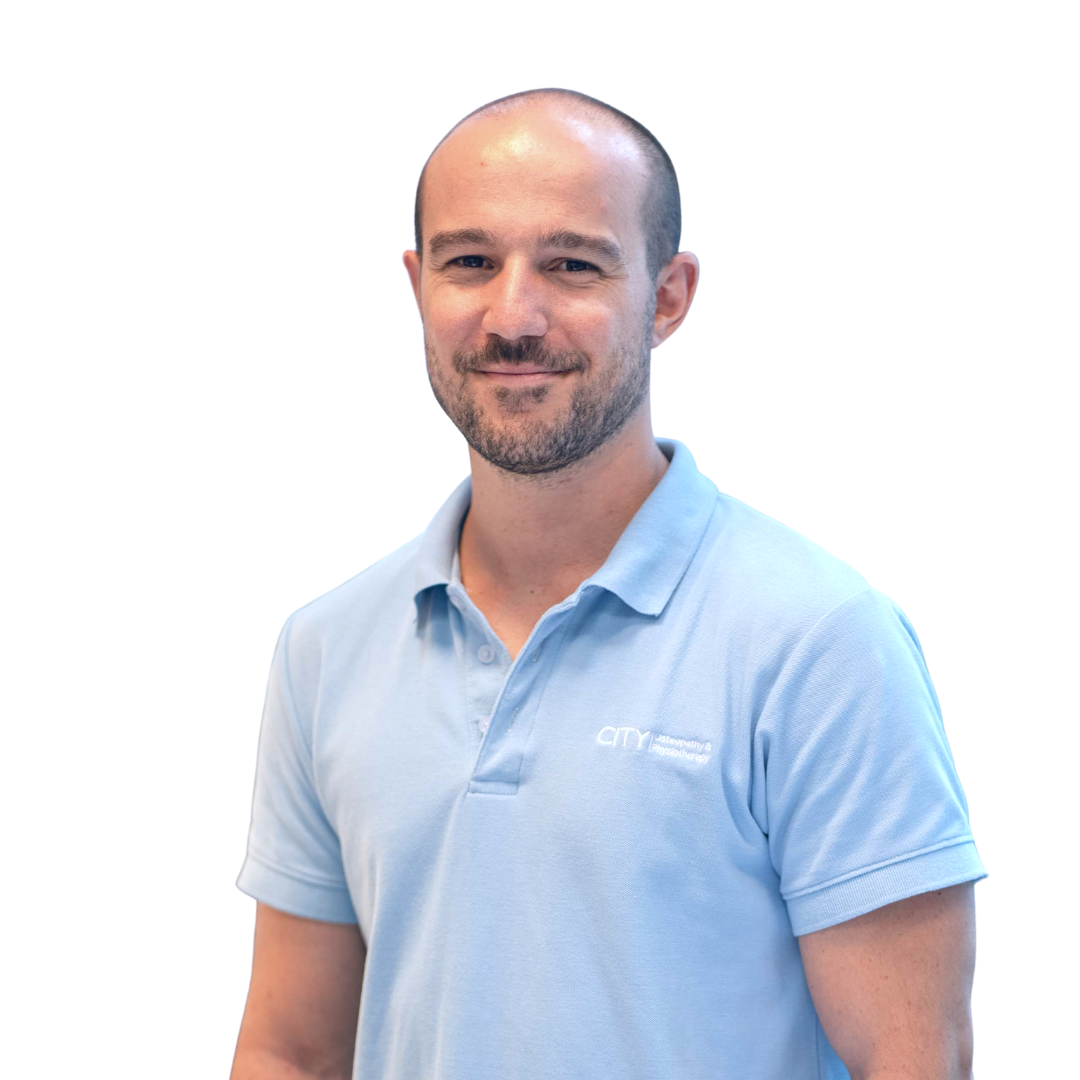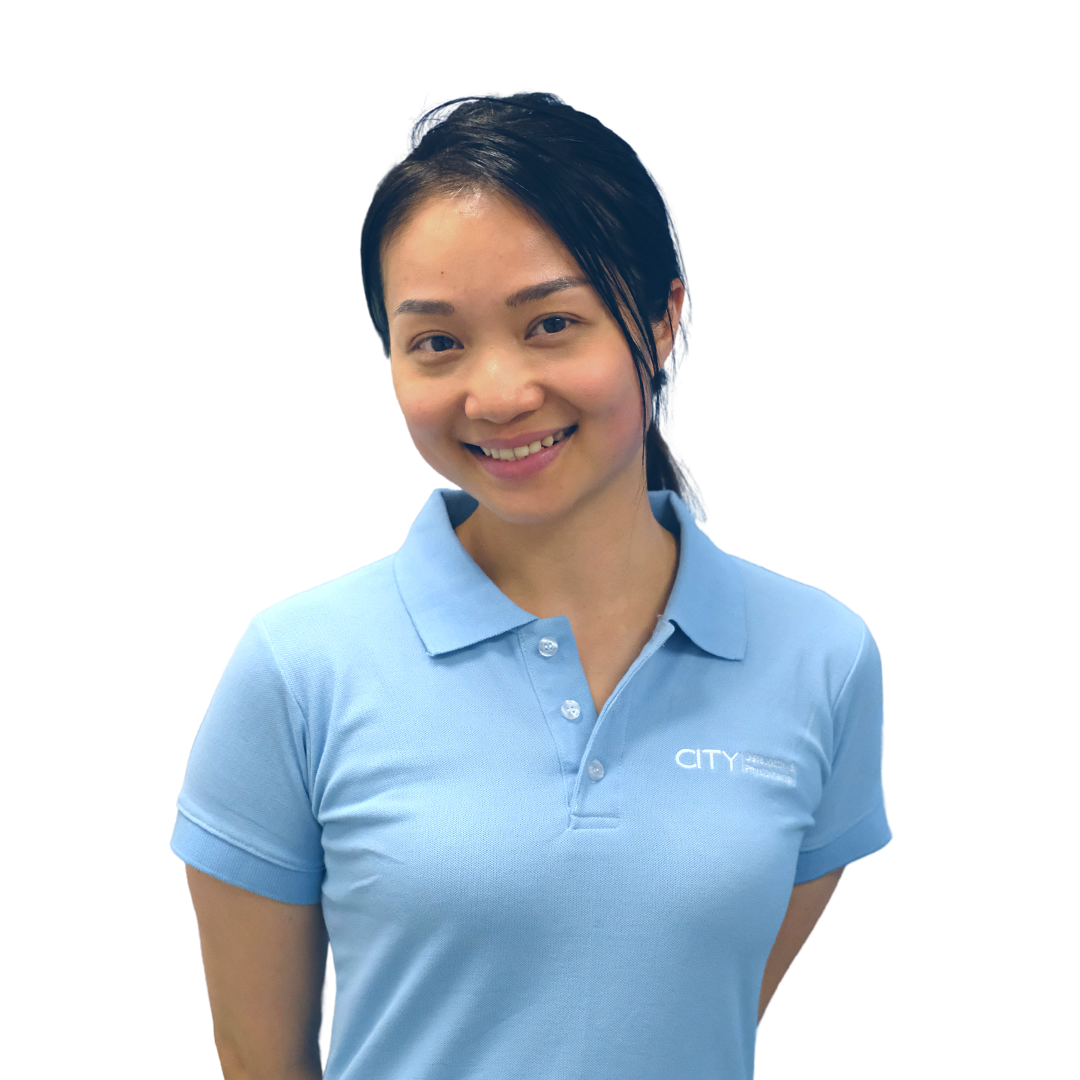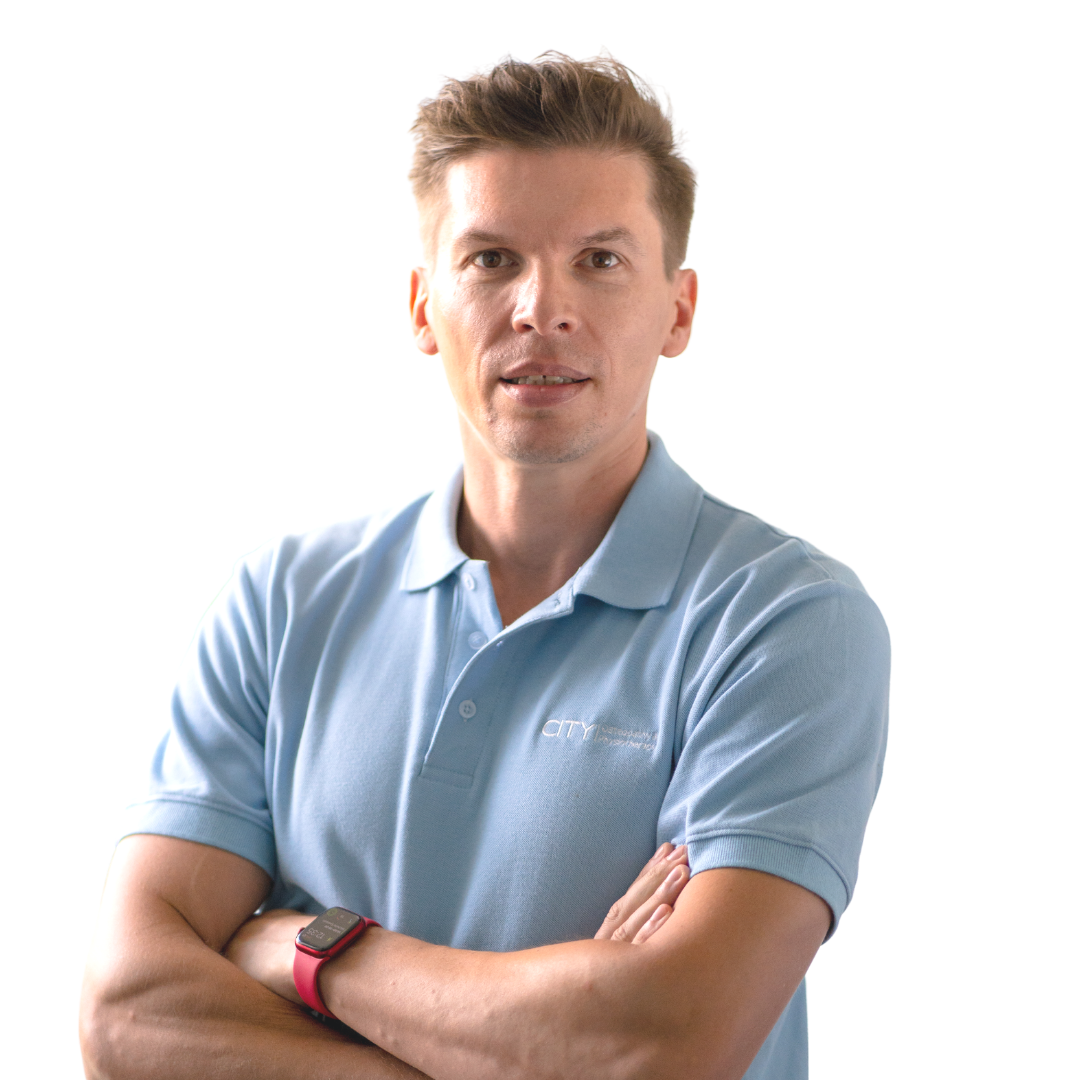Meet Han Yen, a dedicated senior physiotherapist specialising in the treatment and management of scoliosis. With a profound understanding of spinal health and rehabilitation, Han Yen brings a wealth of expertise and experience to City Osteopathy & Physiotherapy.
Han Yen’s qualifications include:
- Master of Clinical Physiotherapy (Musculoskeletal Major) (Curtin University, AU)
- Core Residency Program (Musculoskeletal Physiotherapy) (Singapore General Hospital)
- Certified ISST International Schroth 3D Scoliosis Therapist (International 3-dimensional Scoliosis Therapy)
Han Yen is committed to evidence-based practices and stays updated with the latest advancements in scoliosis treatment. Through personalised care and customised exercise programs, Han Yen helps patients improve posture, strengthen muscles, manage pain, and enhance overall spinal health.
If you’re ready to embark on a journey towards better spinal health and quality of life, Han Yen is here to support and guide you every step of the way.

